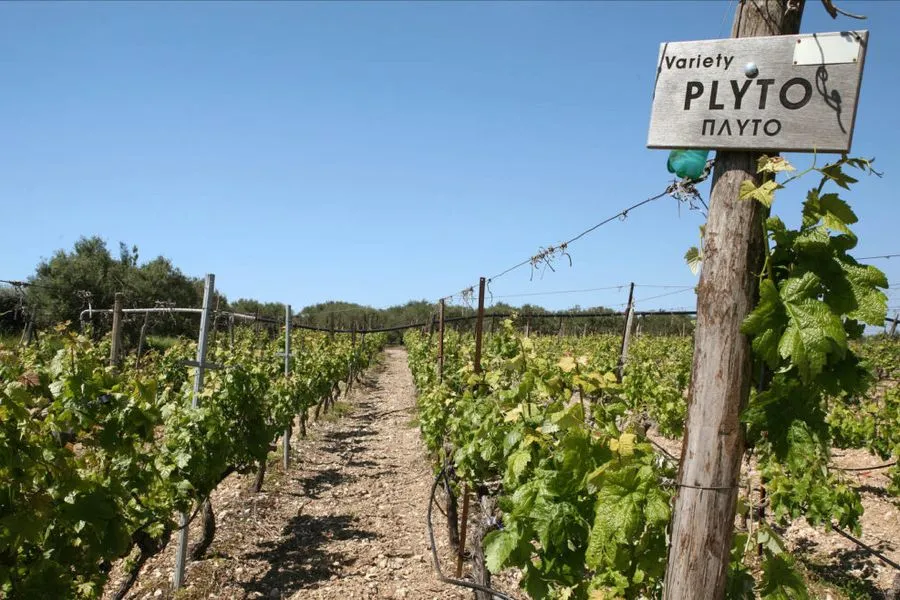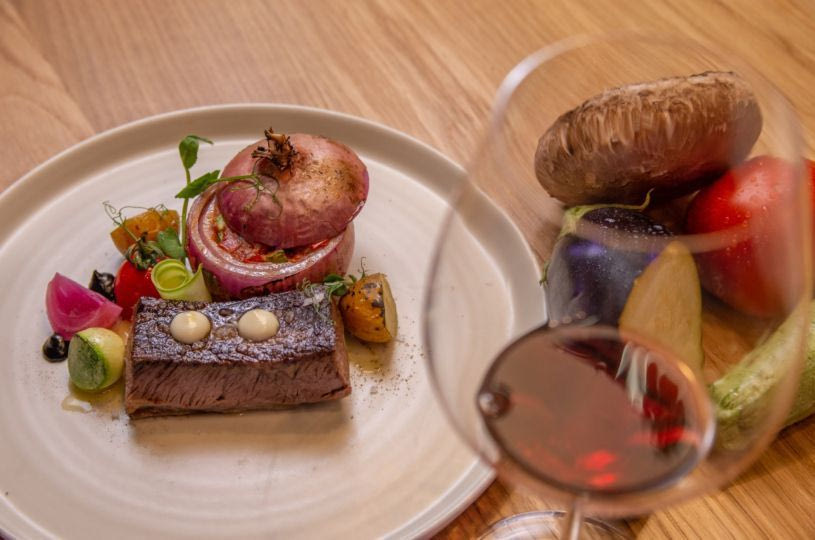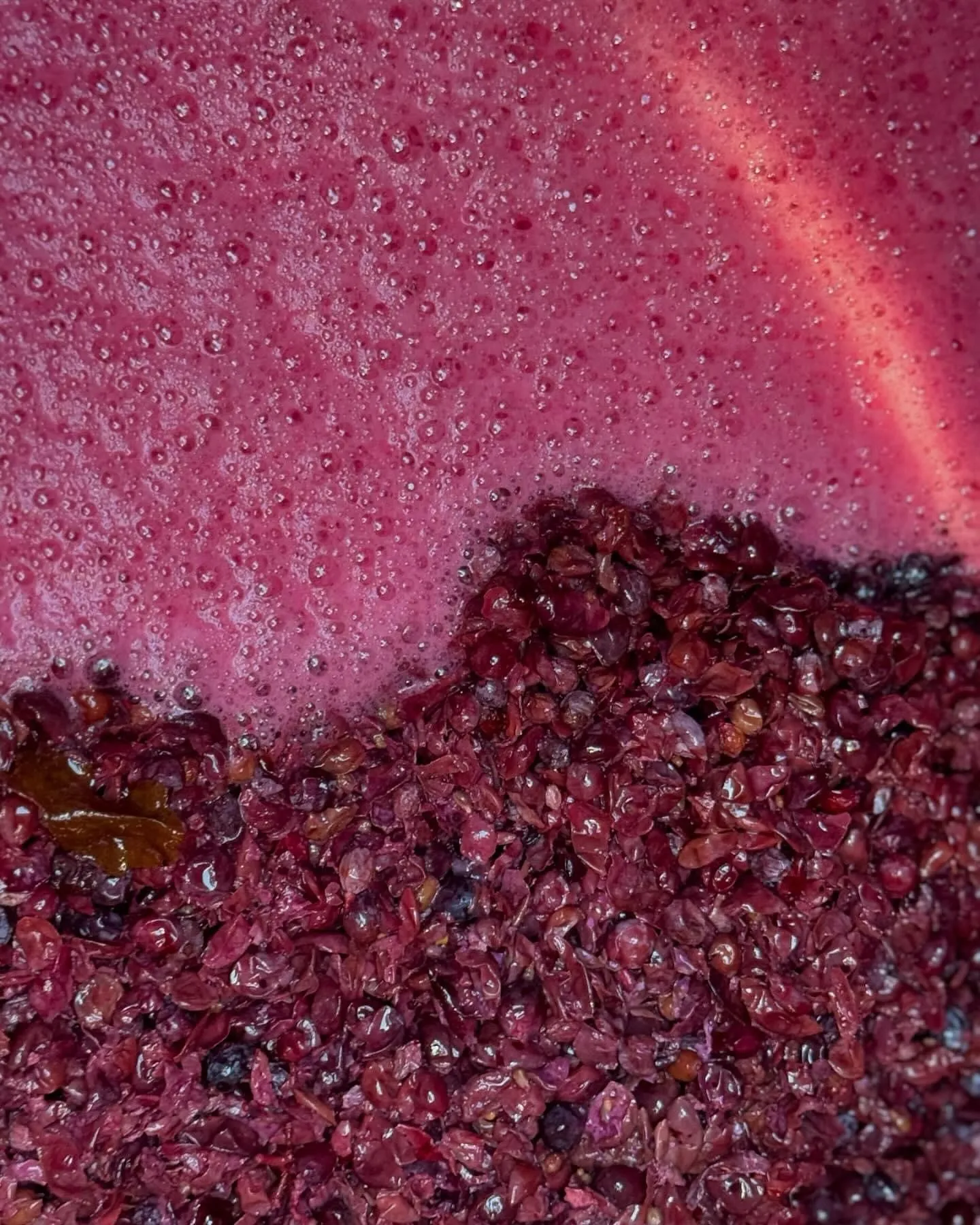Ιn recent years, Crete has solidified its reputation as a dynamic region for producing quality wines, thanks to the unique grape varieties cultivated here. This is clearly reflected in the incredible demand for wine tasting tours, especially in the fall, which are immensely popular with tourists.
“There’s also interest in olive oil tours, though to a lesser extent. Wine tasting is where the real demand lies,” says Marilena Mamalaki, former president of the Crete-Santorini Tour Guides Association.
Mamalaki notes that numerous private tours are organized daily, where visitors are picked up from their hotels and transported by van to wineries. There, they are introduced to the history of the Cretan vineyard, sample wines, and often enjoy a full menu of local cuisine.
“For example, they might try seven different wines and dine on salads, local cheeses, pulses, dolmades, and meats,” she explains.
The price of these packages varies depending on the pickup location, the number of participants, whether a visit to an archaeological site like Knossos is included, and if the tour is accompanied by a guide. A couple staying in Elounda, for instance, might pay around €600 for this experience, while for a group of four, the price could exceed €1,000.
Crete: A Wine Destination of High Added Value
As outlined by Wines of Crete, the island has moved away from its former image as a region of mass wine production, which did not do justice to its true potential. Today, it is increasingly recognized as a high-value wine destination. New varieties are being tested, offering consumers refined wines with aromas and flavors that cater to every palate.
What Visitors Learn
Foreign visitors either discover for the first time or are reminded that Crete is home to the oldest vineyard in Europe, if not the world. Its presence and active role in the island’s production and social life have been continuous since the early Minoan era. Visitors learn about local grape varieties and taste them with great interest.
These varieties include:
- Vilana: A quintessentially Cretan white variety, known for its aromatic character and good acidity. It is especially noteworthy when aged in barrels.
- Vidiano: A rising star, often compared to Chardonnay. It has produced outstanding single-varietal wines and is also blended with other local varieties like Plyto, Thrapsathiri, and Vilana.
- Plyto: A highly balanced and self-sufficient variety with moderate acidity and delicate fruity aromas.
- Dafni: Named after its laurel-like aroma, it is related to Moschofilero. Though a white wine, it ages beautifully.
- Thrapsathiri: A rare variety grown on limited land, known for its distinctive aromas, good acidity, and stable color.
- Kotsifali: Often blended with Mandilari to produce Cretan red wines. Kotsifali has a strong aromatic profile and high alcohol content but lacks tannins and color, which Mandilari provides in abundance.
- Mandilari: Known locally as “the dyer” for the deep red color it imparts to wine. It adds body to the wine, though it requires careful cultivation to reach the desired sugar and alcohol levels.
What Else Are Visitors Interested In?
Olive oil tasting packages come at a lower cost compared to wine-tasting tours. Meanwhile, there are also many tourists this season who are interested in alternative forms of tourism, such as 4×4 safari trips, mountain biking, and other outdoor adventure activities.






